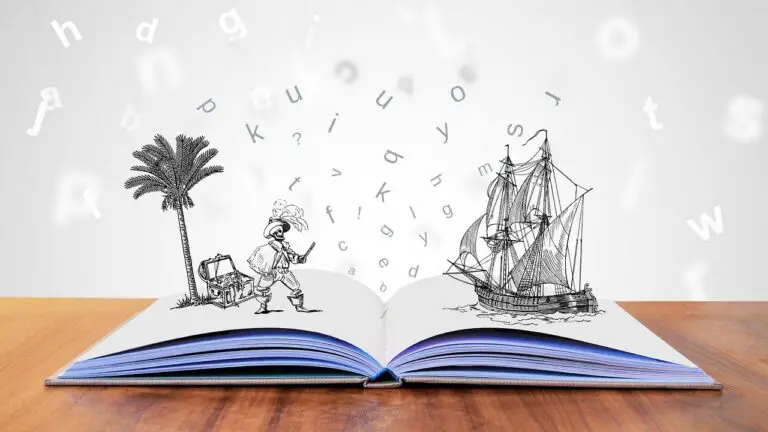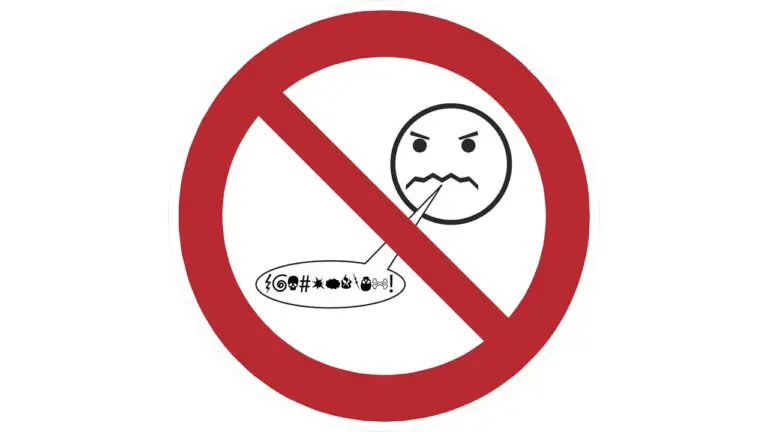Getting children and beginners involved in EFL/ESL reading requires, above all else, a good story book. Sure, you can tell a bad story with all the excitement and drama in the world, with brilliant interactive techniques, but if students don’t find the book interesting, it’s an uphill battle.

That’s why I’ve made this list. It contains 6 of my favourite picture books to use with children. You can try them with older students who are just starting out, too.
Some of them are very well known, while others are ones I’ve found more recently. I own a copy of all of them and enjoy using them regularly. All share the following features that make them fantastic for teaching English:
- Quality language that is simple enough to understand, but advanced enough to ensure learning.
- Great artwork to pull students in.
- Interactive elements, such as phrases students can repeat, or physical elements to see and touch.
- A distinct and entertaining story which will have children wanting to read them again and again.
So let’s begin with a brilliant book you may not have heard of.
Oi Frog! by Kes Gray & Jim Field
Oi Frog! has quickly become one of my favourite picture books ever. The first time I read it, I loved the brilliant pictures and amusing rhymes, and could easily see how to use it with my students.
In the story, a cat tells a frog it has to sit on a log, because that’s where frogs sit. Cats sit on mats, hares sit on chairs, parrots sit on carrots, etc. It’s very silly. Students of all ages love it.

Beyond its entertainment value, it serves as a brilliant source of vocabulary with all the animals and things they sit on. Students can figure out what the words mean by looking at the pictures.
The main strength, though, is in developing phonological awareness. Students can look at the words that rhyme, but have different word patterns, and begin to see how those patterns correspond to sounds. Take the “hares sit on chairs” example. Same sound, different spelling.
In some cases, the words don’t exactly rhyme, so you can distinguish the difference between two patterns.
Here are two fun ideas you can do with the book after reading it together:
- Write down the animals and the things they sit on. Then mix them up, and get students to match them using the sounds of the words.
- Challenge students to think what other animals might sit on. What do mice sit on? Ice? Rice? Dice?
Oh, and there’s also Oi Dog!, Oi Cat! and Oi Duck-Billed Platypus!
The Gruffalo by Julia Donaldson & Axel Sheffler
The Gruffalo has become a worldwide phenomenon, such that your students may have already read the story. That doesn’t matter, because it’s one of those books you can read over and over again.

Even considering the lyrical flow of the words and the beautiful images, the best thing about this story is the buildup to the reveal of the Gruffalo. Even if students know what the creature looks like, it still gets them (and me!) excited every time.
The language is more complex and advanced than other books on this list, so in parts you’ll just have to read it and let students listen to the sounds of English. But you can definitely get them to read along with the descriptions of the different body parts of the gruffalo.
After enjoying the story, students can design their own Gruffalo, using words about body parts, and learning new adjectives.
Combine that with the Monster Factory game I’ve designed, and you’ve got a complete set of activities for practicing body parts and descriptions.
To learn how to play Monster Factory, follow this link where you’ll find eight more great speaking activities for beginners.
Julia Donaldson is one of the best children’s authors out there, so if your students have already done The Gruffalo, you can try one of her many other stories, like Monkey Puzzle, Room on the Broom and The Snail and the Whale.
The Very Hungry Caterpillar by Eric Carle
An absolute classic of children’s literature, The Very Hungry Caterpillar is a simple story about a caterpillar eating lots and lots of food.

Great for beginners to teach them numbers and some food vocabulary, as well as getting them to predict what they think will happen at the end.
The art is simple and vibrant, and students can read the story with you when it gets to all the different types of food.
A great followup activity is to get students to rewrite the story with different food vocabulary you’ve been learning. Instead of apples and pears, maybe the caterpillar ate peaches and pineapples!
Winnie the Witch by Valerie Thomas & Korky Paul
There are quite a few Winnie the Witch books out there now, including Winnie and Wilbur Meet Santa, which I also have the privilege of owning. The original holds a special place in my heart, though, as it was a favourite when I was a kid.

What really stands out in Winnie the Witch stories is the art. Sure, you can read the story and learn lots of great English from it, but what really gets students engaged is looking at all the details and crazy things happening on each page.
The pictures alone can be used as a vocabulary elicitation activity, in the same way as the Packed Pictures activity, which I use regularly, to great success.
If you’re wondering what elicitation activities are, and how to do the Packed Pictures activity, head to my article: How to Elicit Vocabulary in EFL/ESL: 7 Effective Activities.
The Cat in the Hat by Dr. Seuss
You knew it would be on the list! While the Cat in the Hat is the most famous of Dr. Seuss’s picture books, he has plenty of others which are just as fun, like Green Eggs and Ham, How the Grinch Stole Christmas, and Fox in Socks (which is one of the best for EFL/ESL).

I first discovered the power of using storybooks in EFL/ESL when I started working in a public school in Spain. One of the brilliant teachers there had kids aged 10-11 dressing up and recording their own video version of the Cat in the Hat. It was superb.
The language is simple, but I wouldn’t use it with absolute beginners or very young children, just because it’s a little longer than other books on this list, and could prove too challenging.
We’re Going on a Bear Hunt by Michael Rosen & Helen Oxenbury
Another one from my youth, We’re Going on a Bear Hunt is perfect for young EFL/ESL students.

It’s packed full of easy-to-learn vocabulary, action verbs, and sound effects, meaning it’s almost impossible for your students not to make noises and do all the actions.
Check out this video of the author, Michael Rosen, performing the story. It becomes a chant, or even a song, which students can have a great time performing over and over again.
If your students want a challenge, you could come up with your own version of the story, with different obstacles to overcome, and applying your own gestures for the actions they take.
Gestures are a powerful way of learning vocabulary. Find out how to get the best out of them by reading my article: How to Use Gestures to Embed Vocab in EFL/ESL + 2 Games
Conclusion
There are thousands of fantastic picture books out there, with vivid images, emotive stories, and beautiful language. But not all of them are suited for EFL/ESL.
Remember, when you’re choosing a story book, think about how you can use it in class. Can you take advantage of the pictures for some elicitation? Can you turn the words into a song or chant? What kind of language will students learn, and can they make their own versions?
With the right book, you can bring joy and light to your students’ lives, while providing a whole series of wonderful lessons.
If you have older students who are looking for more of a challenge, check out my list of 9 Superb Novels to Boost Adult EFL/ESL Reading Skills.







